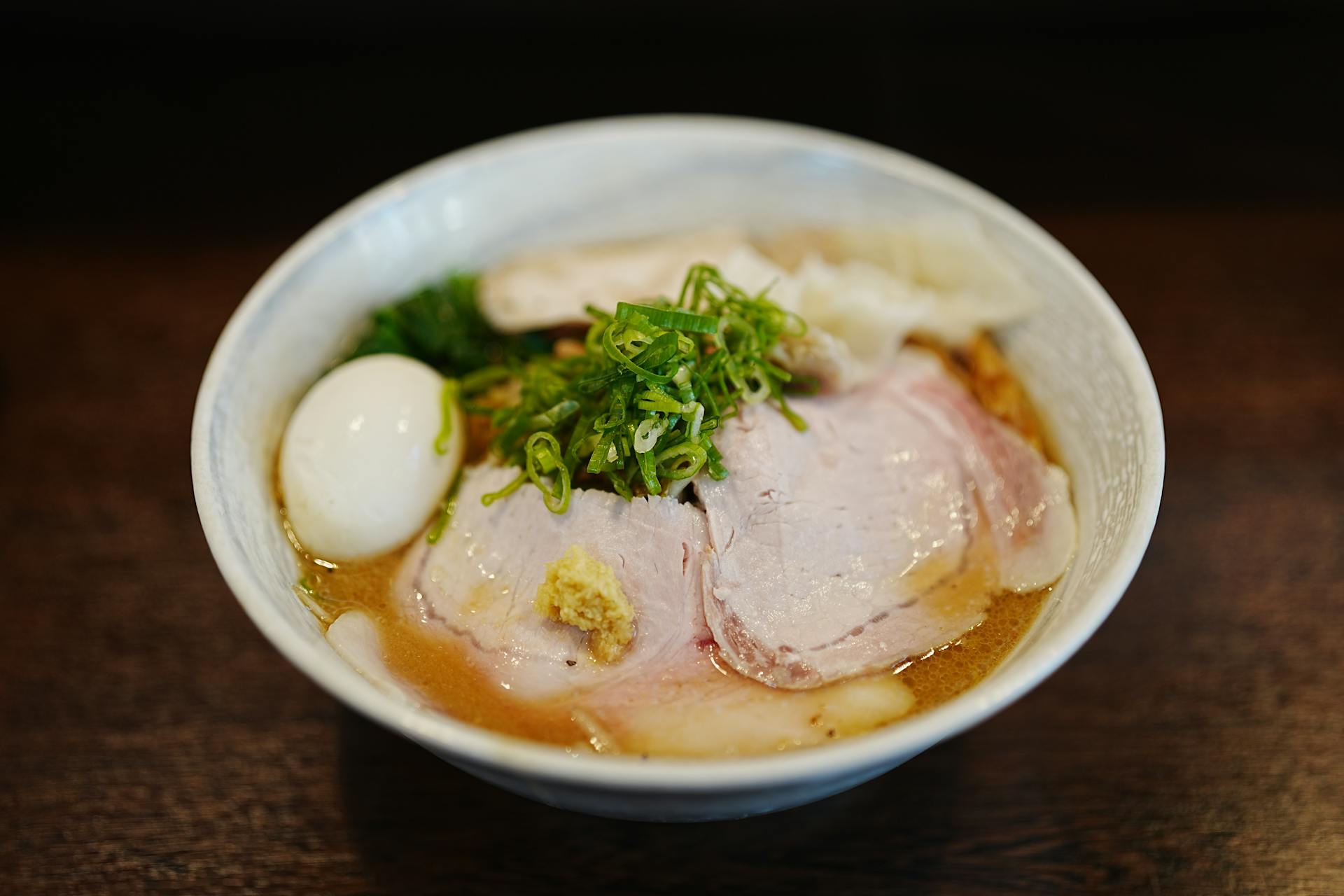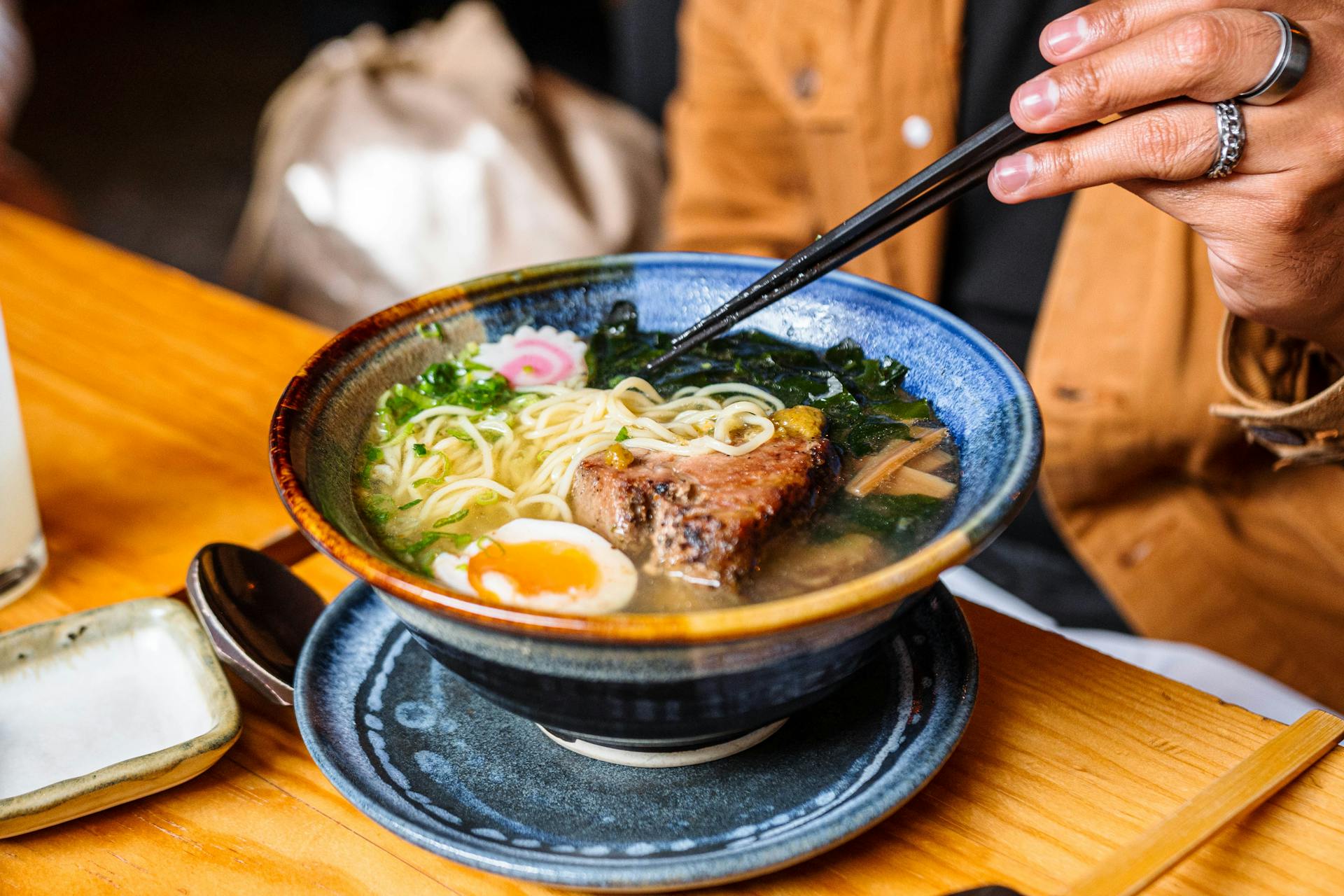A Complete Guide to Japanese Ramen: Everything You Need to Know

Introduction to Japanese Ramen
No trip to Japan feels complete without tasting ramen. More than just a dish, ramen is a cornerstone of Japanese culinary culture. Each region offers its own signature style, like Hakata Ramen from Fukuoka or Sapporo Ramen from Hokkaido. Ramen often appears in food festivals, making it an essential part of any culinary adventure in Japan.
What is Japanese Ramen?
Ramen is a noodle soup that originally came from China but has become distinctly Japanese over time. It is now one of the country’s most popular and must-try dishes alongside sushi, sashimi, and other traditional foods. A bowl of ramen is built around two main components: the noodles and the broth. Depending on the restaurant and region, you can customize your choice of broth, noodles, and toppings.
The Noodles
Authentic ramen noodles are usually made from wheat. Their shapes and textures can vary widely, from thick to thin, straight to wavy, and soft to chewy. Some ramen shops allow diners to choose their preferred type of noodle to enhance the experience.
The Broth
The most common types of ramen broth are Shoyu, which is soy sauce-based; Shio, which is a clear, salty broth; Miso, made from fermented soybean paste; and Tonkotsu, a rich, creamy pork bone broth. Each region may add unique twists, blending two types of broth or offering a signature flavor that stands out.
Ramen Toppings
Ramen is typically served with a variety of toppings. These include chashu, which is braised or roasted pork; tamago, or marinated and cooked eggs; kamaboko, a steamed fish cake; green onions; menma, which are fermented bamboo shoots; bean sprouts; corn; seaweed; and even butter. The toppings add texture, flavor, and depth to the dish, making each bowl a unique experience.
Popular Ramen Varieties
Tonkotsu Ramen features a rich pork bone broth and creamy texture, usually topped with chashu and eggs. Shoyu Ramen offers a lighter soy sauce broth suitable for all tastes. Shio Ramen is a simple, clear, salty soup with minimal toppings. Miso Ramen provides a savory, umami-rich experience. Tsukemen, or dipping ramen, comes with noodles and broth served separately, making it a perfect choice for summer dining.
How to Order Ramen
Many ramen shops let you choose the thickness and firmness of your noodles, and some even ask about additional toppings like green onions. In some restaurants, a small bowl of rice may be served for free as part of a local custom. Ordering can sometimes involve using vending machines for ticket-based selection, so paying attention to instructions is helpful.
How to Eat Ramen
Ramen is served in a bowl with chopsticks provided for the noodles. Some places also provide Chinese-style spoons for sipping the broth and enjoying smaller toppings. It’s common to lift the bowl and drink the broth directly. Eating quickly is encouraged because fresh noodles will become soggy if left too long. Slurping the noodles is acceptable and even considered a sign of enjoying the dish.
Paying for Ramen
Most ramen shops require payment after finishing the meal. Credit cards are often not accepted, so it’s important to carry cash. This ensures a smooth dining experience without any inconvenience at the end of the meal.
Extra Tips for Enjoying Ramen
Arriving early at popular ramen shops helps avoid long lines. Festivals often offer regional ramen varieties, providing a unique opportunity to taste flavors from different parts of Japan. Learning a few basic phrases or pointing to your preferred noodle type can make the experience even more enjoyable.
Conclusion
Ramen is much more than a bowl of noodles. It represents Japan’s regional flavors, culinary traditions, and culture of hospitality. Whether you savor a rich Tonkotsu, a light Shio, or experiment with toppings at a festival, enjoying ramen is an essential part of any journey through Japan.



